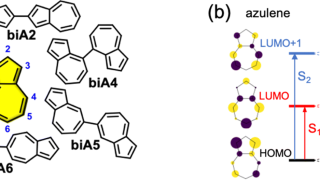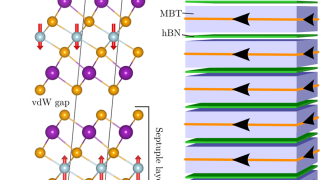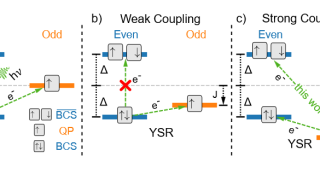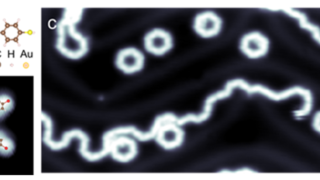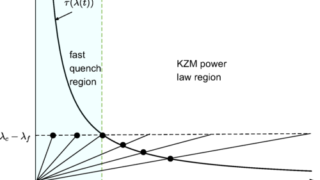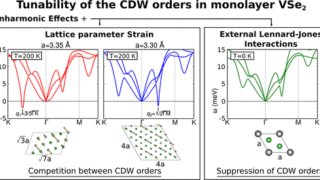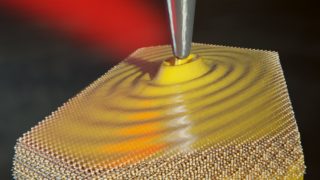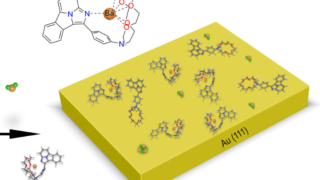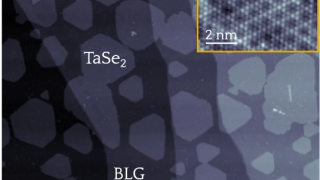
Emergence of superconductivity in a metallic single-layer by minute electron doping
The isolation and manipulation of atomically-thin crystals have recently enabled the investigation of a wealth of exotic electronic phenomena. A remarkable example is the case of superconductivity in transition metal dichalcogenide monolayers, where the strong spin-orbit coupling, together with the lack of inversion symmetry, triggers the emergence of unconventional superconducting properties. In parallel to the […]
